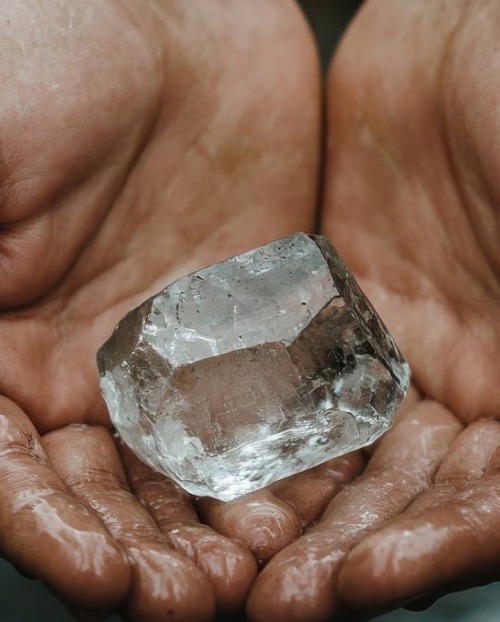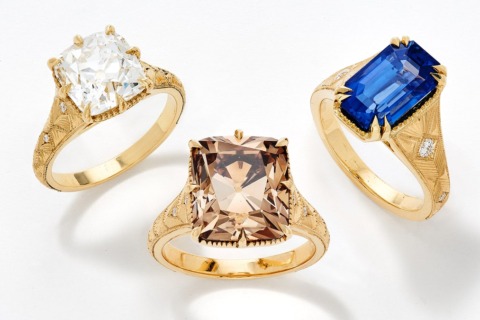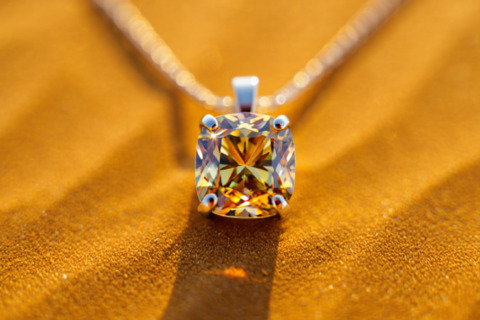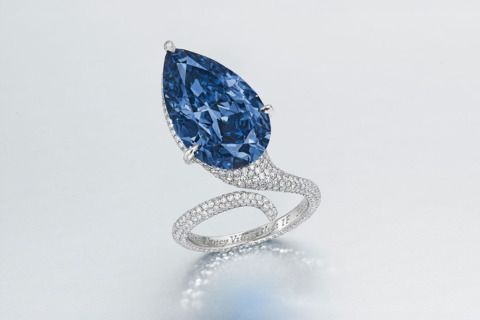These days, choosing a diamond shouldn’t solely be based on sparkle (though it’s a big draw, we admit!). Whether picking out a forever ring, marking a milestone or creating a special piece to pass down to future generations, most of us want to know the story behind the stone itself. That’s where ethical diamonds come in.
From tracing a diamond’s journey from mine to finger (or wrist, or neck!), to understanding the impact of recovery on local communities, the natural diamond world is making serious moves of late in terms of traceability, integrity and accountability.
If you’re ready to shop with heart – and not just with your eyes – we’ll show you how to choose a natural diamond that represents global good just as much as it shines.
Firstly, what are ethical diamonds?
Ethical diamonds are natural diamonds mined with integrity and care; they put people and human rights first.
Unlike conflict diamonds, which have fueled civil wars and funded violence in parts of Africa, ethically sourced diamonds are mined in ways that respect human rights. That means no forced or underage labor, no funding of rebel groups and no hidden exploitation. AKA jewelry you can feel good about wearing.

How are ethics enforced in the diamond industry?
Set up in 2003 specifically for natural diamonds, the Kimberley Process Certification Scheme1 (KPCS) requires participating countries to certify shipments of rough diamonds (unpolished natural diamonds, in their raw state) as conflict-free.
In other words, the KPCS helps stop the flow of rough diamonds being traded to fund warfare. The scheme now includes over 80 participating countries, who must ensure any diamonds entering the market are tracked using strict documentation.
For both natural diamonds and lab-grown diamonds, the Responsible Jewellery Council2 (known as RJC) sets ethical and environmental standards across the entire jewelry supply chain. Members must meet specific criteria around fair labor, anti-corruption, environmental protection and community development. For a company to be certified by the RJC, it must adhere to strict rules around business practices, from working conditions to responsible mining.
Then there’s the SCS-007 Sustainability Rated Diamond Standard3. Think of this as a scorecard for how responsible a diamond is in general. For natural and lab-grown diamonds, the SCS-007 checks five key goals: origin traceability, carbon footprint, fair treatment of people, sustainable practices and social impact.
What does responsible diamond mining look like?
In addition to supporting ethics (moral principles based on human rights and good people practices), some diamond companies also seek to champion sustainability in their processes and aim to ensure a healthy environment for local biodiversity.
Businesses that value all the above and seek to ensure the entire supply chain operates with integrity and care are often called ‘responsible diamond companies’ and their gems ‘responsible diamonds’.
In many parts of Africa, Canada and Australia, responsibly mined diamonds help fund critical services like healthcare, education and local infrastructure. Entire towns end up benefiting from the opportunities created by the natural diamond recovery industry, with investments going into systems like schools, hospitals, roads, clean drinking water and other employment opportunities.
For a while now, diamond mining and jewelry companies like Rio Tinto4 and De Beers5 have been investing in the communities and environment at recovery sites, showing that natural diamonds can encompass ethics, sustainability commitments and respect for the planet.
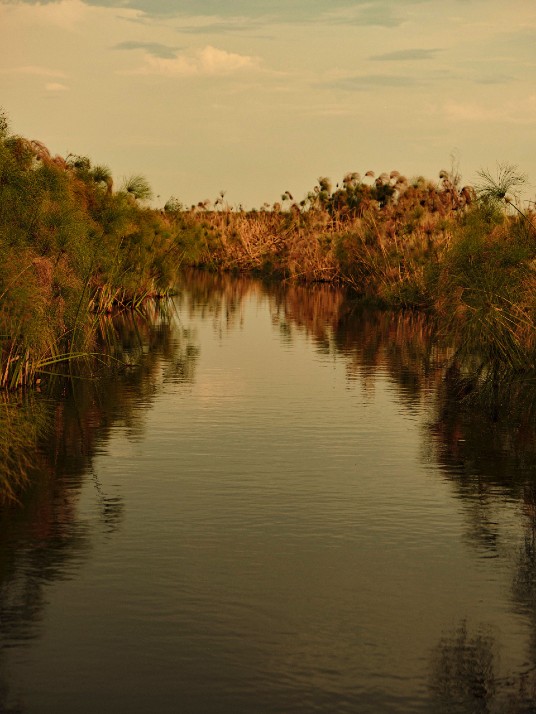

Buying ethical diamonds: what you need to know…
Finding the abundance of information and barrage of buzzwords overwhelming when buying a diamond? These quick checks can help you separate truly ethical options from clever marketing:
Green flags to look out for
- Clear sourcing information, with details on where and how the diamond was mined
- Third-party accreditation, such as from RJC or SCS-007
- Retailers who speak openly about their supply chain, labor standards and environmental commitments
Red flags to avoid
- Vague claims like ‘eco’ or ‘responsibly sourced’ without any evidence
- Missing or incomplete certification paperwork
- Retailers unable (or unwilling) to explain the origin of their diamonds
Choosing ethical natural diamonds is easier than ever when you know the right questions to ask!
Feel-good sparkle and the future of responsible diamonds
The emphasis on ethics and, more broadly, responsible diamonds, will likely grow stronger in years to come, offering us more choice and control over the jewelry we invest in.
Knowing that natural diamonds have a commitment to the environment, transparency and local communities leaves us with just one thing left to consider: what’s next – a ring or bracelet?!
